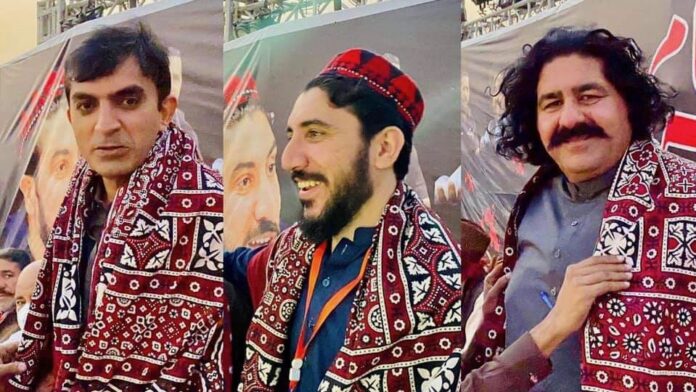Authors: Usman Khan, Shakir Ullah, Yu Cheng, Zahid Ali Shah.
Affiliation: Sun Yat-sen University of Guangzhou, Harvard Yenching Institute, Post-Graduate College Timergara (Dir Lower, Pakistan)
Organization/Publisher: Inter-Asia Cultural Studies, Seoul South Korea.
Date/Place: September17, 2020/South Korea
Type of Literature: Article
Number of Pages: 19
Link: https://www.tandfonline.com/doi/full/10.1080/14649373.2020.1797121
Keywords: Pashtun, informal spaces, Pakistan, Resistance, IDP
Brief:
The article focuses on the “otherization” and stigmatization of the Pashtun community in Pakistani educational institutions and media discourses. As part of the state’s postcolonial assimilation project, the Pashtun’s ethno-linguistic history, political and cultural existence are being discounted and branded as “suspect” and “potential terrorist.” The tragic event of 9/11 shaped the state’s discriminatory behavior towards the Pashtun regions along the Durand line between Pakistan and Afghanistan. The authors state that the exclusionary policy of the state, its war on terror, and military operations have displaced residents of Swat valley and the Federally Administered Tribal Areas (FATA) of the northwestern region. Some of the internally-displaced people (IDPs) moved to urban centers in Punjab where they face institutionalized demonization by police and traders. An informal notification issued by a local police station in Punjab province asked people to inform the police immediately if they saw a street vendor in “Pashtun attire, and having Pashtun looks.” The notification implied that anyone who “looked Pashtun” might be a potential terrorist. Media shows and films, for example Khuda Kay Liye (In the Name of God, 2007 Drama/Thriller) and Waar (2013 Action/Thriller) portray the image of Pashtuns as extremist, Taliban and terrorists. In the educational institutions and curriculum, the heroes of the Pashtun are shown as thieves; a ninth-grade book portrays the Pashtun historical figure Malik Kalu Khan, who had fought against the Mughal Empire, as a “thief.” A twelfth-grade Pakistan study book includes a chapter “the Culture of Islamic Democratic Pakistan” that discusses “love for weapons” and a “rebellious nature” as “the key characteristics of Pashtun culture.” The authors mention the counter-narrative efforts of Pashtun intelligentsia that are building in informal spaces through seminars, discussions and study circles. The authors relate such to James Scott’s term “resistance in disguise” for these informal spaces that include Bacha Khan Trust Education Foundation (BKTEF,Peshawar), Ghani Khan Museum (Chārsadda), and Faqir Ipi Lawn (University of Peshawar). In these spaces, the intelligentsia discreetly provide their record of resistance and provide a historical narrative to the alternative truth that has been constructed in formal institutions such as education and media. The authors conclude that the activists of Pashtun Tahafuz movement (PTM) are intellectually trained to use these informal spaces as their arena and have developed their knowledge and vocabulary to challenge the power of the state more bluntly. The authors suggest that Pakistan must follow an inclusive and democratic approach that includes the historical, cultural, and political existence of the Pashtuns.
By: Razia Wadood, CIGA Senior Research Associate




